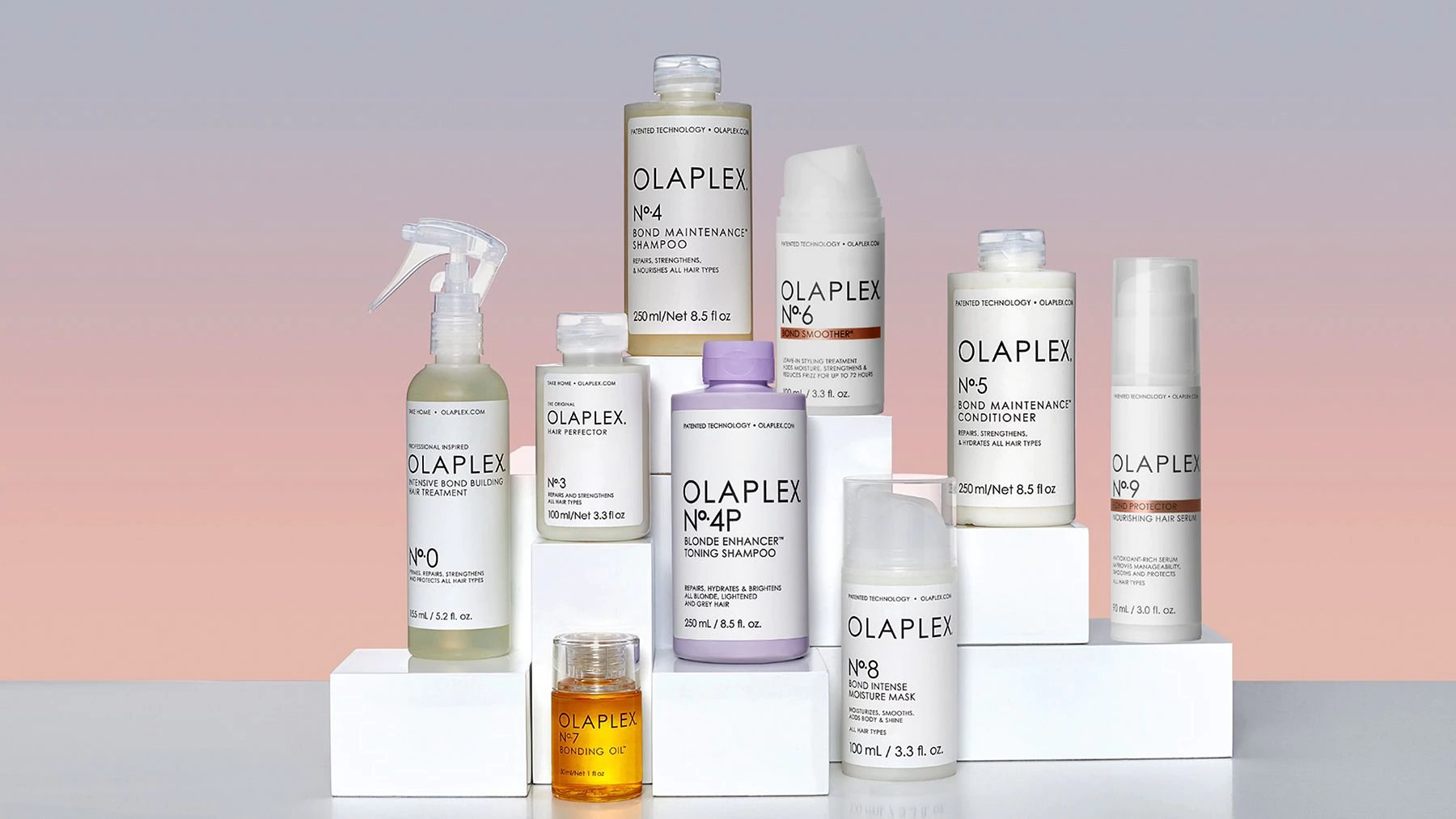
Olaplex’s newest hire was made for the brand — literally.
This week, the prestige hair care label, famous for its bond-building technology, is rolling out its first artificial intelligence-powered virtual employee. To create the AI employee, Olaplex worked with Tangent AI, combining the images and “emotional quality” of its 240 brand advocates and employees into one composite character, with a synthesised voice, pitch, gender and accent that’s representative of the Olaplex team, said Olaplex chief executive JuE Wong.
“When you look at that virtual human, you see parts of yourself in it,” said Wong. “Consumers like to look at a brand and see themselves reflected in it.”
The non-binary virtual employee, which uses the pronouns she, he and they, will initially only be able to speak one-way to consumers, making announcements around new product launches and educating them on existing products. But soon enough, Olaplex plans to have the virtual employee engage in conversation with consumers, answering questions about everything from order locations to details on the brand’s carbon footprint.
The debut of this virtual employee, whose name will be either “Cigi,” “Kai” or “Rumi,” with the winner selected by the brand’s 2.3 million Instagram followers this week, is a bid by Olaplex to build emotional connection at scale. Consumers say they want a personal connection with brands; Olaplex hopes a virtual employee will give the brand a “face” that will resonate with a wide audience.
“As brands grow, what happens is they’re seen as a brand and less of a soul … [This is] a juxtaposition: to use technology to allow us to be more human, because we can reach more people,” said Wong.
It’s also a sign of the stakes in beauty today. In an increasingly crowded market, brands are using their technological prowess to stand out, and must be constantly innovating in order to capture consumer attention, said Marie Driscoll, managing director of Luxury and Fashion at Coresight Research.
“You must elevate a brand in order to maintain it,” she said. “If you don’t spend time elevating it, it naturally becomes a commodity over time.”
Communing With Computers
Both chat boxes and brand ambassadors have become frequently deployed tools for brands looking to sell and build community online. Olaplex’s branded virtual human combines the two. With the debut of this virtual employee, the brand, which already cemented itself as something of a pioneer with its bond-building technology that spurred the creation of a new sub-category within hair care, hopes to secure “first” status in another arena.
Wong and the Olaplex team are betting consumers will be open to forming emotional connections to the virtual human. John Harmon, senior analyst at Coresight Research, doesn’t think that’s far off. Increasingly, people are familiar with avatars, says Harmon, particularly in China, where the “virtual idols” industry reaches an estimated 390 million people in China, according to a Bloomberg report from last year. Even in the US, the concept is gaining traction: Los Angeles-based robo-influencer Lil Miquela counts 3 million followers, and has worked with fashion brands including Prada and Calvin Klein. And, the goal for Olaplex’s team member is to look less cartoon avatar, more actual human.
“It’s not unnatural to have a relationship with an avatar if it’s smart … we’re willing to work with avatars if they enhance our lives,” said Driscoll. She thinks the virtual human, if it’s reactive, is a smart move especially for Olaplex — a brand with highly technical products whose processes and uses consumers may not be completely comfortable with, and require explaining.
Olaplex’s partnership with Tangent AI provides a model of sorts for technological advancement in beauty. Wong said the project wasn’t a major financial investment. (Though Wong declined to share the exact amount Olaplex spent creating the virtual human, she said “it wasn’t millions of dollars.”) That’s because Olaplex sought out emerging talent, and the project is mutually beneficial. Olaplex gets to deploy an innovative resource that gives it more tech-cred, and Tangent can show proof of concept to hopefully scale with more clients.
Fresh off its IPO in September of last year, which saw the brand raise $1.8 billion at a valuation of more than $15 billion, Olaplex expects artificial intelligence, data and machine learning to play a bigger role in its future and better understanding its consumer base.
“Where are these people? Why are they interested? And where are the gaps in our business? ” said Wong. “When we do product development or messaging, or branding or provide content through our artificial human, all of this will become more relevant.”



